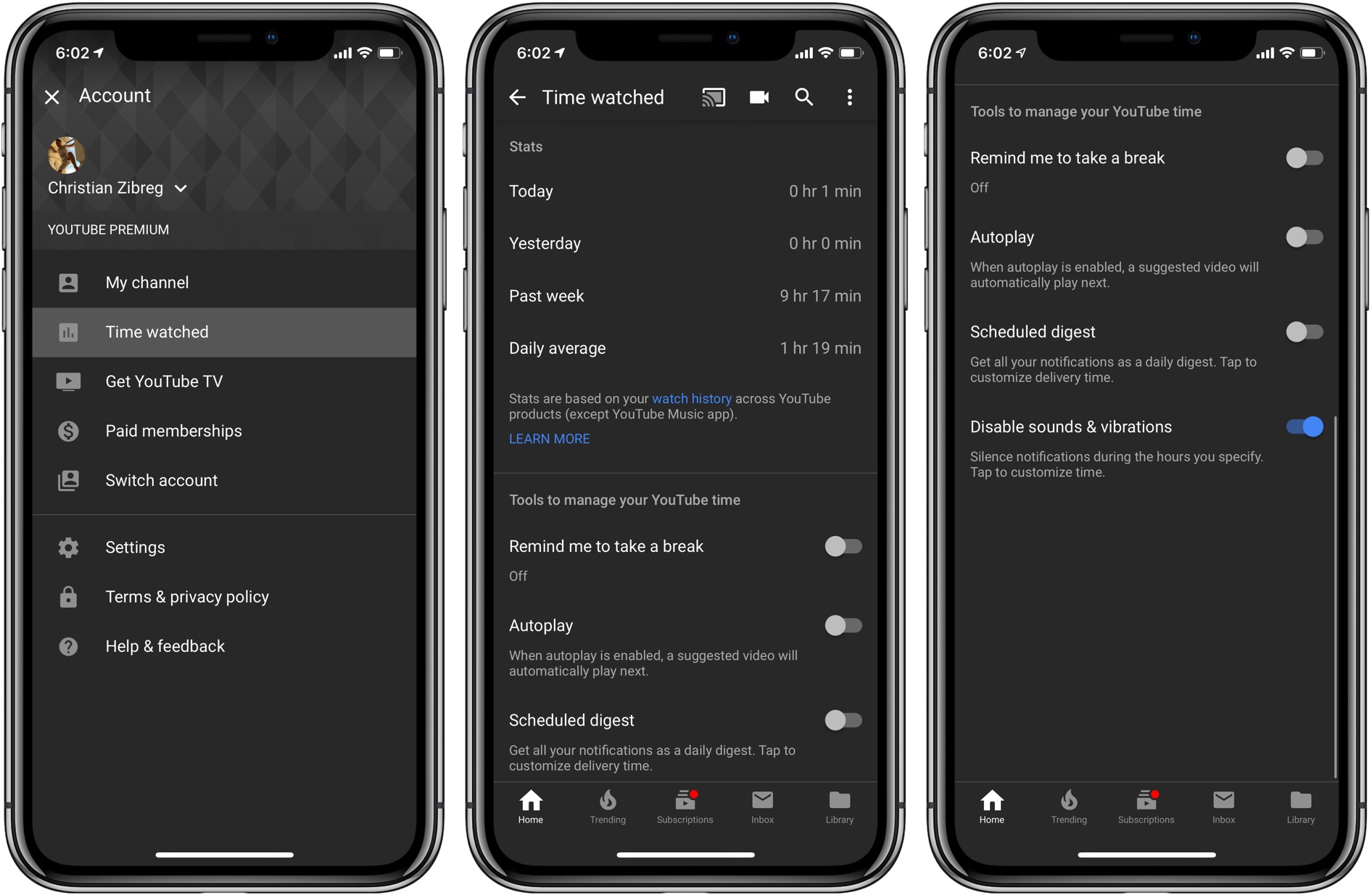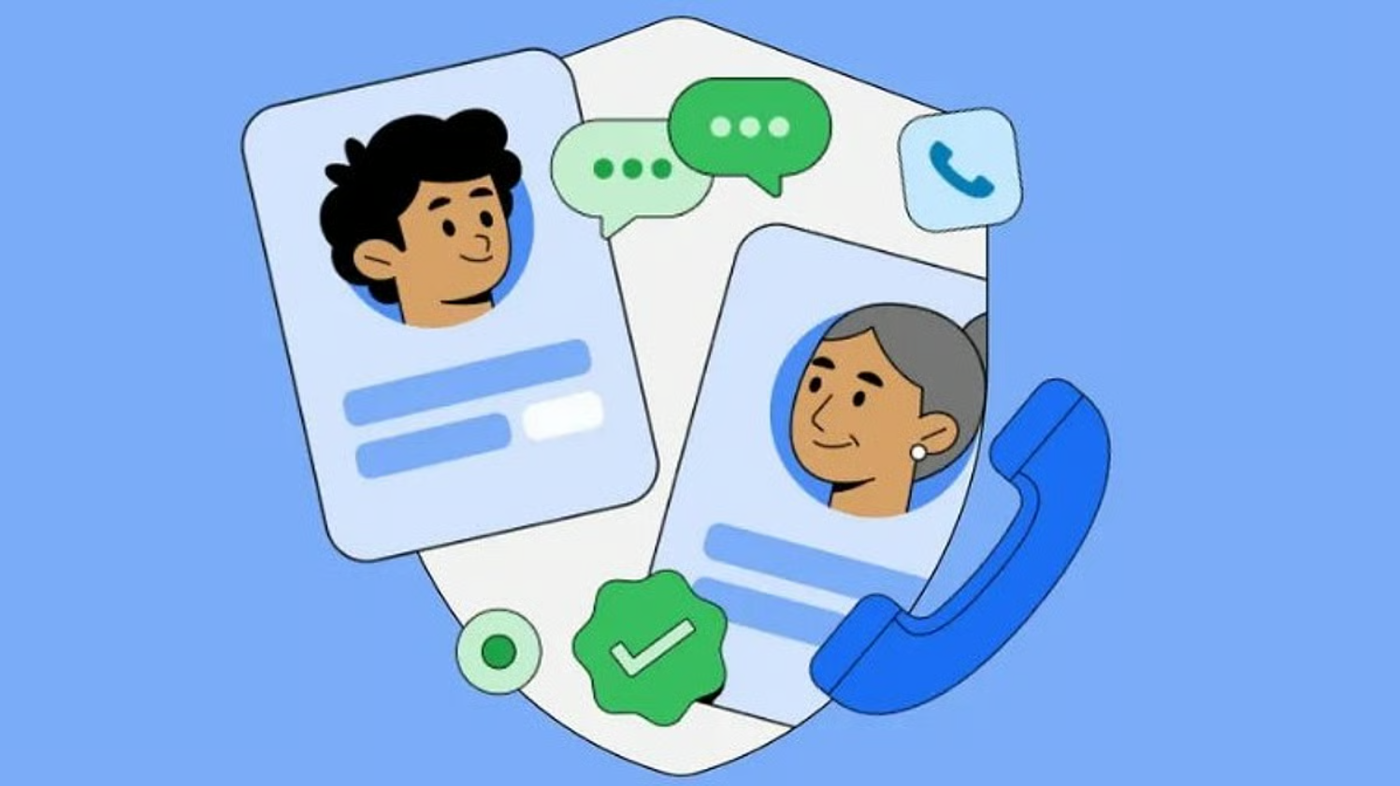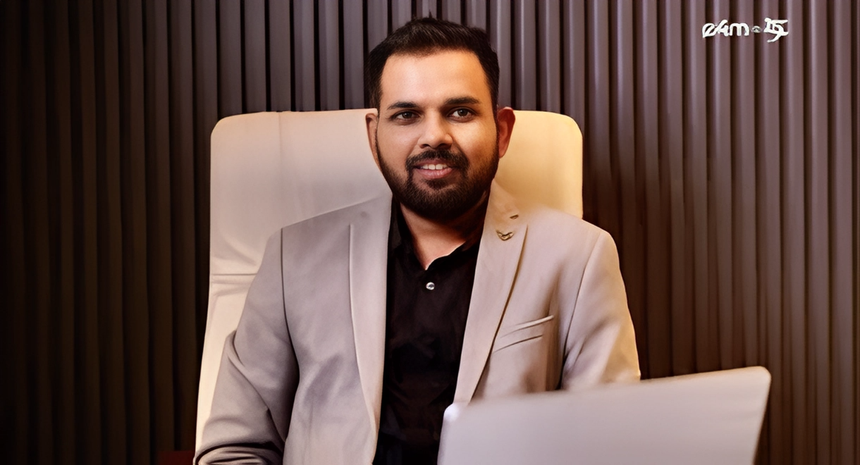In an effort to protect younger users navigating the online world, Google is preparing to roll out a smart age assurance tool powered by machine learning. This new system is designed to identify minors who have registered adult Google accounts by falsifying their age. The move comes as part of Google’s wider mission to create safer and more responsible digital environments, especially on platforms like YouTube that attract large numbers of young users.

Instead of relying on the date of birth entered during account setup, which is often manipulated by teens trying to bypass age restrictions, Google’s system will evaluate user behavior. It will look at the types of searches a person makes, the nature of videos watched on YouTube, and other usage signals to estimate whether the account truly belongs to an adult or a child.
The company announced that the feature will be released first in the United States and tested among a limited group of users over the coming weeks. If the system determines that an account is likely being used by someone under the age of 18, the user will be notified via email and within their Google apps. Their account settings will then be automatically adjusted to enable age-appropriate protections.
These protections include turning on YouTube’s Digital Wellbeing tools, such as reminders to take breaks or go to bed. The system will also modify content recommendations, reduce repeated viewing of certain topics, and disable features like personalised advertising. Access to mature apps through the Google Play Store will be blocked, and Maps’ Timeline feature will be turned off to limit location tracking.

Importantly, Google is also offering a way for users to contest an incorrect age estimation. If someone is flagged as underage by mistake, they can provide a selfie-based verification or submit a government-issued ID to prove their actual age.
Google acknowledges that while no system is perfect, using real behavioral signals instead of self-reported data gives them a much better chance of identifying and protecting minors online. This move aligns with growing global concerns about the safety of children on digital platforms, and it marks one of the strongest age assurance efforts by any major tech company so far.
As more features are rolled out and tested, it’s clear that Google wants to stay ahead in the conversation around ethical tech and child protection.
For more updates on how technology is reshaping safety and accountability online, follow Tech Moves on Instagram and Facebook.














